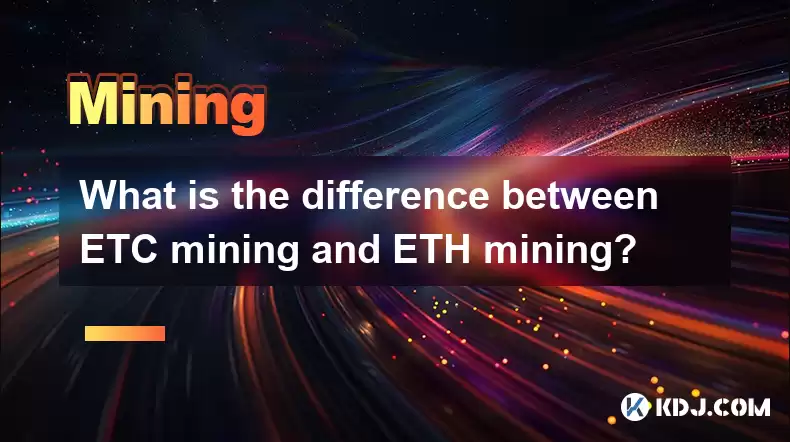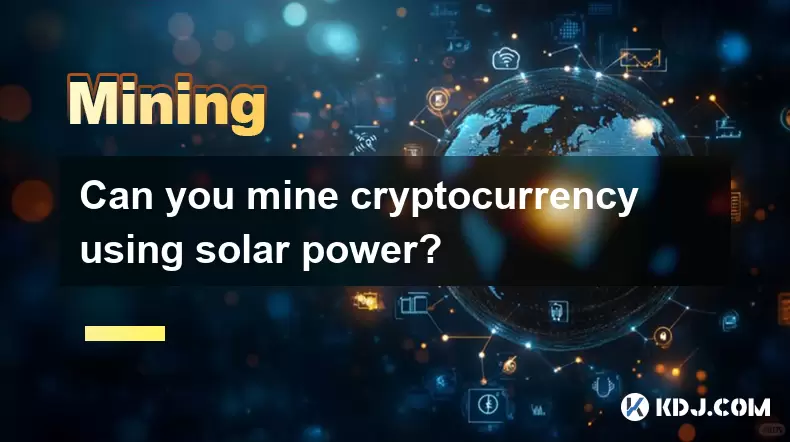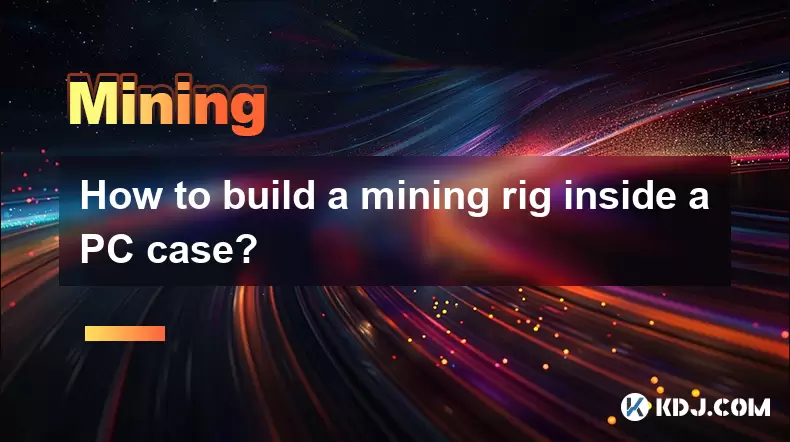-
 Bitcoin
Bitcoin $117500
2.15% -
 Ethereum
Ethereum $3911
6.19% -
 XRP
XRP $3.316
10.79% -
 Tether USDt
Tether USDt $1.000
0.01% -
 BNB
BNB $787.2
2.24% -
 Solana
Solana $175.2
4.15% -
 USDC
USDC $0.9999
0.00% -
 Dogecoin
Dogecoin $0.2225
8.40% -
 TRON
TRON $0.3383
0.28% -
 Cardano
Cardano $0.7868
6.02% -
 Stellar
Stellar $0.4382
9.34% -
 Hyperliquid
Hyperliquid $40.92
7.56% -
 Sui
Sui $3.764
7.63% -
 Chainlink
Chainlink $18.48
10.66% -
 Bitcoin Cash
Bitcoin Cash $582.1
1.88% -
 Hedera
Hedera $0.2601
6.30% -
 Avalanche
Avalanche $23.33
4.94% -
 Ethena USDe
Ethena USDe $1.001
0.02% -
 Litecoin
Litecoin $122.3
2.04% -
 UNUS SED LEO
UNUS SED LEO $8.969
-0.27% -
 Toncoin
Toncoin $3.339
0.86% -
 Shiba Inu
Shiba Inu $0.00001287
4.30% -
 Uniswap
Uniswap $10.43
7.38% -
 Polkadot
Polkadot $3.861
5.08% -
 Dai
Dai $1.000
0.02% -
 Bitget Token
Bitget Token $4.513
3.41% -
 Monero
Monero $267.7
-6.18% -
 Cronos
Cronos $0.1499
4.14% -
 Pepe
Pepe $0.00001110
5.15% -
 Aave
Aave $284.9
8.28%
What is the difference between ETC mining and ETH mining?
Post-Merge, ETH uses Proof-of-Stake, ending traditional mining, unlike ETC which continues using the energy-intensive Ethash algorithm requiring ASICs or high-end GPUs for potentially volatile profitability.
Mar 14, 2025 at 05:30 pm

Key Points:
- Different Algorithms: ETC uses the Ethash algorithm, while ETH (post-Merge) uses a Proof-of-Stake (PoS) consensus mechanism, rendering traditional mining obsolete.
- Hardware Requirements: ETC mining requires specialized ASICs or high-end GPUs, while ETH mining (pre-Merge) also used these but is now impossible with standard mining hardware.
- Profitability: ETC mining profitability fluctuates greatly depending on the ETC price, electricity costs, and network difficulty. ETH mining profitability was similarly variable pre-Merge, but is now zero for traditional miners.
- Environmental Impact: Both pre-Merge ETH and ETC mining consumed significant energy. Post-Merge ETH has a drastically reduced environmental footprint due to PoS.
- Software and Setup: Both require specific mining software and pool connections, but the configurations and available software differ significantly.
What is the difference between ETC mining and ETH mining?
Ethereum Classic (ETC) and Ethereum (ETH) were once very similar cryptocurrencies, sharing a common ancestor before their hard fork in 2016. However, their mining processes diverged significantly, especially after Ethereum's transition to Proof-of-Stake (PoS) in September 2022. Understanding these differences is crucial for anyone considering involvement in either cryptocurrency's mining ecosystem.
Algorithm Differences:
Before the Ethereum Merge, both ETC and ETH utilized the Ethash algorithm, a memory-hard Proof-of-Work (PoW) consensus mechanism. This meant miners competed to solve complex cryptographic puzzles using specialized hardware. However, the Ethereum Merge fundamentally altered this for ETH. ETH now operates on a PoS system, eliminating the need for traditional mining altogether. ETC, on the other hand, continues to use the Ethash algorithm and remains a PoW cryptocurrency. This key difference makes ETH mining, in the traditional sense, impossible.
Hardware Requirements:
Both pre-Merge ETH and current ETC mining require specialized hardware. High-end Graphics Processing Units (GPUs) or Application-Specific Integrated Circuits (ASICs) were, and still are for ETC, necessary to achieve a competitive mining hash rate. ASICs generally offer superior efficiency for ETC mining but come with a higher upfront cost. The transition to PoS for ETH rendered all traditional mining hardware obsolete for that network. Instead of mining, ETH holders now stake their ETH to validate transactions and earn rewards.
Profitability and Costs:
The profitability of ETC mining is highly dynamic and depends on several factors. The price of ETC, the cost of electricity, the network's mining difficulty, and the efficiency of your mining hardware all play a significant role. A higher ETC price and lower electricity costs generally lead to greater profitability. Conversely, increasing network difficulty reduces individual miner rewards. Pre-Merge ETH mining had similar fluctuating profitability, but post-Merge, the profitability for traditional miners is nonexistent.
Environmental Impact:
Both pre-Merge ETH and current ETC mining have significant energy consumption. The PoW consensus mechanisms necessitate extensive computational power, leading to a considerable carbon footprint. However, the Ethereum Merge significantly reduced the environmental impact of ETH. The shift to PoS dramatically lowered its energy consumption, as validating transactions no longer requires the energy-intensive computation of PoW. ETC mining, however, continues to have a considerable environmental impact.
Software and Setup:
Both ETC and pre-Merge ETH mining required specific mining software and a connection to a mining pool. Popular mining software options varied, and the specific configuration depended on the chosen hardware and pool. Setting up ETC mining involves installing appropriate mining software, configuring it with your hardware details, and connecting to a mining pool to combine your hashing power with others. Post-Merge, ETH staking requires a different setup altogether, involving setting up a validator node and staking a minimum amount of ETH.
Frequently Asked Questions:
Q: Can I mine ETH now? A: No, traditional ETH mining is no longer possible since the Ethereum Merge shifted to a Proof-of-Stake consensus mechanism. You can, however, participate in ETH's network by staking your ETH.
Q: Is ETC mining profitable? A: The profitability of ETC mining is highly variable and depends on the price of ETC, electricity costs, hardware efficiency, and network difficulty. It's crucial to perform thorough research and calculations before investing in ETC mining.
Q: What hardware do I need for ETC mining? A: High-end GPUs or ASICs are generally required for competitive ETC mining. The choice depends on your budget and the level of performance you seek.
Q: Is ETC mining environmentally friendly? A: No, ETC mining, like other PoW cryptocurrencies, consumes significant energy and has a substantial environmental impact.
Q: What are the risks involved in ETC mining? A: Risks include fluctuating ETC prices, increasing network difficulty, hardware malfunctions, and the potential for regulatory changes impacting cryptocurrency mining.
Q: How does ETC mining differ from ETH staking? A: ETC mining uses PoW and requires specialized hardware to solve cryptographic puzzles, while ETH staking involves locking up ETH to validate transactions and earn rewards within the PoS system.
Disclaimer:info@kdj.com
The information provided is not trading advice. kdj.com does not assume any responsibility for any investments made based on the information provided in this article. Cryptocurrencies are highly volatile and it is highly recommended that you invest with caution after thorough research!
If you believe that the content used on this website infringes your copyright, please contact us immediately (info@kdj.com) and we will delete it promptly.
- Tron's Sell-Off Spurs Altcoin Shift: What's Next for TRX?
- 2025-08-08 08:30:12
- RUVI Presale: Is the Growth Potential Real?
- 2025-08-08 09:10:12
- Sleep Token's US Takeover: Thornhill Rides the 'Even In Arcadia' Wave
- 2025-08-08 08:30:12
- FTT Token's Wild Ride: Creditor Repayments vs. Market Drop - A New Yorker's Take
- 2025-08-08 07:10:12
- Floki Crypto Price Prediction: Riding the Robinhood Rocket or Just a Meme?
- 2025-08-08 07:15:12
- EigenLayer, Restaking, and Ethereum: Navigating the Hype and the Hazards
- 2025-08-08 06:30:12
Related knowledge

What is "proof-of-work" and how does it relate to mining?
Aug 07,2025 at 02:03pm
Understanding the Concept of Proof-of-WorkProof-of-work (PoW) is a consensus mechanism used in blockchain networks to validate transactions and secure...

What are the differences between mining on Windows vs. Linux?
Aug 06,2025 at 11:29pm
Overview of Cryptocurrency Mining PlatformsCryptocurrency mining involves using computational power to solve complex cryptographic puzzles and validat...

How to use an old computer for cryptocurrency mining?
Aug 07,2025 at 12:42pm
Understanding the Feasibility of Using an Old Computer for MiningUsing an old computer for cryptocurrency mining may seem outdated, but it is still te...

Can you mine cryptocurrency using solar power?
Aug 07,2025 at 12:00am
Understanding the Basics of Cryptocurrency MiningCryptocurrency mining involves validating transactions on a blockchain network by solving complex cry...

How to build a mining rig inside a PC case?
Aug 06,2025 at 11:01pm
Understanding the Basics of a Mining Rig in a PC CaseBuilding a mining rig inside a PC case involves transforming a standard computer chassis into a d...

What are the best cryptocurrencies to mine with an ASIC?
Aug 08,2025 at 01:22am
Understanding ASIC Mining and Its Role in CryptocurrencyASIC stands for Application-Specific Integrated Circuit, a specialized hardware designed to pe...

What is "proof-of-work" and how does it relate to mining?
Aug 07,2025 at 02:03pm
Understanding the Concept of Proof-of-WorkProof-of-work (PoW) is a consensus mechanism used in blockchain networks to validate transactions and secure...

What are the differences between mining on Windows vs. Linux?
Aug 06,2025 at 11:29pm
Overview of Cryptocurrency Mining PlatformsCryptocurrency mining involves using computational power to solve complex cryptographic puzzles and validat...

How to use an old computer for cryptocurrency mining?
Aug 07,2025 at 12:42pm
Understanding the Feasibility of Using an Old Computer for MiningUsing an old computer for cryptocurrency mining may seem outdated, but it is still te...

Can you mine cryptocurrency using solar power?
Aug 07,2025 at 12:00am
Understanding the Basics of Cryptocurrency MiningCryptocurrency mining involves validating transactions on a blockchain network by solving complex cry...

How to build a mining rig inside a PC case?
Aug 06,2025 at 11:01pm
Understanding the Basics of a Mining Rig in a PC CaseBuilding a mining rig inside a PC case involves transforming a standard computer chassis into a d...

What are the best cryptocurrencies to mine with an ASIC?
Aug 08,2025 at 01:22am
Understanding ASIC Mining and Its Role in CryptocurrencyASIC stands for Application-Specific Integrated Circuit, a specialized hardware designed to pe...
See all articles

























































































